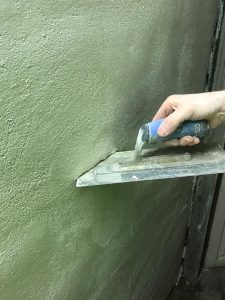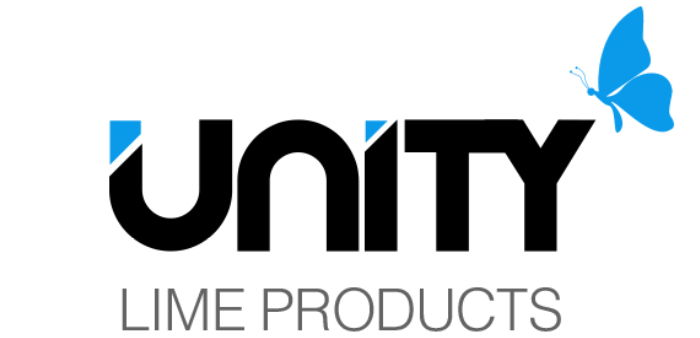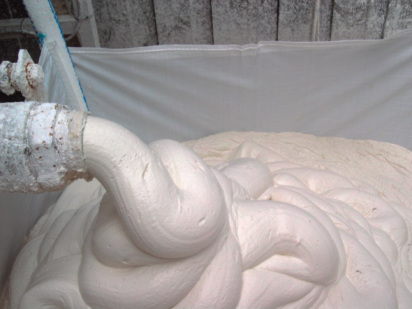Lime Plasters
What is Lime Plaster?
A Beginner’s Guide to Lime Plaster and Lime Render
Lime plaster is made up of sand, water and lime. There can often be confusion due to the fact that the term lime is used to refer to a huge assortment of different products some of which go by different names that mean the same thing.
When it comes to Lime Plaster, we’re usually referring to non hydraulic lime which may be referred to as hot lime, lime putty or fat lime. It can also sometimes be confused with cementitious plasters containing lime. Below we’re going to try and explain the different terms used within the construction and restoration industry as well as the benefits of using each product and lime plastering in general.
Hydraulic Lime or Non Hydraulic Lime
The first thing that is important to understand is the difference between Hydraulic Lime and Non Hydraulic Lime. The main difference is that hydraulic lime sets via hydrolysis which is the reaction with water whereas non hydraulic lime sets via carbonation which is a reaction with air.
Non Hydraulic Lime is softer and more flexible than it’s hydraulic counterpart and sets at a slower rate. Hydraulic Lime sets faster and is more durable, with similar properties to cement. This makes hydraulic lime ideal for exterior work as a lime render, especially when damp conditions are expected.
For more on this topic, see our blogs on Hydraulic and Non-hydraulic Lime or What is Lime Mortar?
Lime Putty
Lime Putty is another name for non hydraulic lime. Lime putty is made by the process of slaking which is the addition of water to quick lime (CaO) – hence the names slaked lime and Ca(OH)2 in the list below.
Unity Lime have developed our own unique slaking system which enables us to produce consistently perfect Lime Putty, free from impurities and contamination. Our Lime Putty is a highly refined Limestone based putty slaked from finely ground particles (90 microns – less than 1/10th of a millimeter) which results in a smooth putty that requires no sieving.
Lime putty does not set underwater and will only harden with exposure to the air in a process called re-carbonation.
You may see Lime Putty being referred to as any of the following:
- Lime Putty
- Fat Lime Putty
- Non-Hydraulic Lime
- Slaked Lime
- Calcium Hydroxide (Ca(OH)2)
With so many names for one product there’s no wonder there’s so much confusion and misinformation around. Unity Lime pride ourselves on being experts on Lime Putty and everything Lime related so remember you can call us on 01904 405797 at any time for more information.
Lime Plaster
This brings us to Lime Plaster, which as mentioned earlier is made up of sand, water and lime. The lime in question is usually Non-Hydraulic Lime, which of course is also known as Lime Putty. Incredibly, lime plastering dates back as far as 7200BC where statues sculpted in Lime Plaster were found buried in a pit at the archaeological site of ‘Ain Ghazal in modern-day Jordan. This is a perfect example of just how durable Lime Plaster is as a building material.
Often products can be used as both a Plaster and a Lime Render as the Lime Putty used is durable enough to withstand the weather conditions encountered in external use. This is just one of the many benefits of lime plastering and lime rendering. Though this is dependent on climate and geographical location. For any help choosing the right plaster please do get in touch.
Benefits of Lime Plaster
- Is permeable and allows for the diffusion and evaporation of moisture.
- Has a high pH which acts as a fungicide; meaning mould will not grow.
- Plaster made from lime is less brittle and less prone to cracking than cement plaster and requires no expansion joints.
- Less affected by water and will not soften or dissolve like drywall and earthen or gypsum plaster
- Unlike gypsum or clay plaster, lime plaster is durable enough to be used as a lime render on the exterior of buildings.
Insulating Lime Plaster & Insulating Lime Render
One of the biggest benefits of using lime as a plaster or render is its insulating qualities. Our Unity Lightweight Insulating Plaster is what we at Unity Lime see as the future of lime plastering for base coats.

The benefits of insulating lime to plaster include:
- Saving time by allowing you to go to depths of 40mm per application.
- Insulating properties with a k value of 0.19.
- Draws moisture out of the building keeping it dry.
- Available in both Hydraulic and Non-Hydraulic
- Cost saving by enabling you to dub out and level all in the same coat.
- Aiding with salt migration.
- Increasing soundproofing and acoustic performance.
- Easier to apply.
- Cutting down labour cost with less coats required.
Another benefit of the Unity Insulating Plaster is that it can also be used as an Insulating Render. This means it has the strength and durability to be used on the outside of buildings as an insulating render as well as being smooth enough to use indoors as an insulating plaster. Our Lightweight Insulating Render also aids with fireproofing.
In traditional building the products are designed for the building and not the application. Modern materials are designed for the builder and not the building. Our Lightweight Insulating plaster range manages to be sympathetic to the building’s needs while also allowing a quicker application and insulating properties to make life easier for the builder.
Unity Lime are market leaders when it comes to all things lime. Whether you’re looking for Hydraulic Lime Plasters or Non-Hydraulic Lime Plasters, we have everything you could possibly need for your project. If you’re unsure which product is the best fit or how much you will require, we’ll be happy to answer these or any other questions. Just give our lime experts a call on 01904 405797

